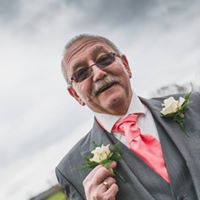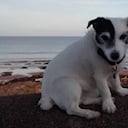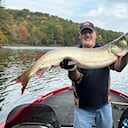What is a very popular wood for model bridge tests, buildings and construction of aircraft?
Balsa is a very popular wood for light, stiff structures in model bridge tests, model buildings and construction of model aircrafts. Its cell grades are usable for airworthy control line (also called U-control) and radio-controlled aircraft varieties of the aeromodeling sports. The lightest contest grades are specially valuable for free-flight model aircraft with no active external control after launch. It is also valued as a component of full-sized light wooden aeroplanes, most notably the World War II de Havilland Mosquito. It is the softest wood ever measured using Janka Hardness test. The wood is kiln-dried leaving the large cells hollow and empty, that are filled with water at the beginning. The cell walls of kiln-seasoned balsa wood retain their strong structure of cellulose and lignin.
Ecuador, which is a country in northeastern South America, supplies 95% or more of commercial balsa. The trees are harvested after 6 to 10 years of growth. It is deciduous flowering plants, which can grow up to 30 m or about 98 feet tall. The name balsa comes from the Spanish word ''raft''.
More Info:
en.wikipedia.org







